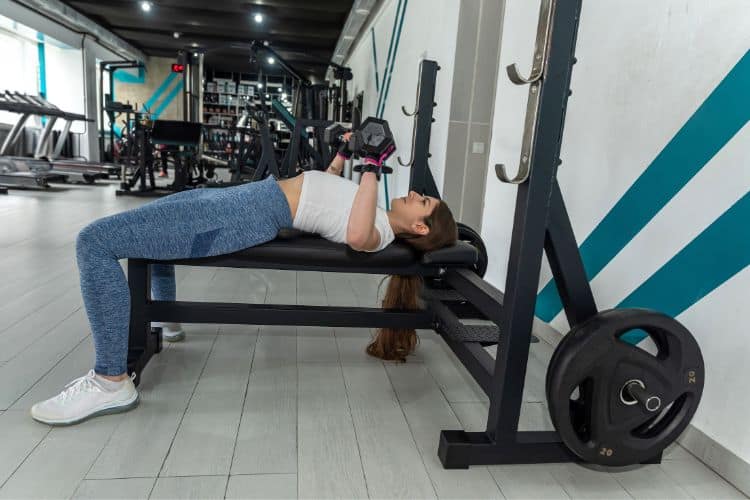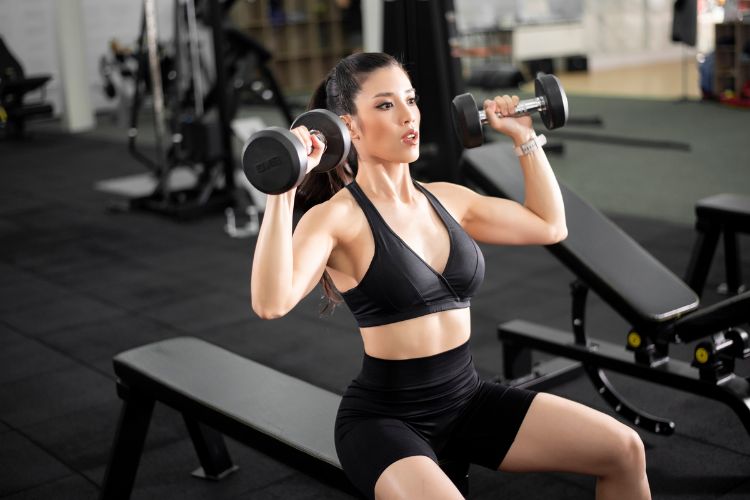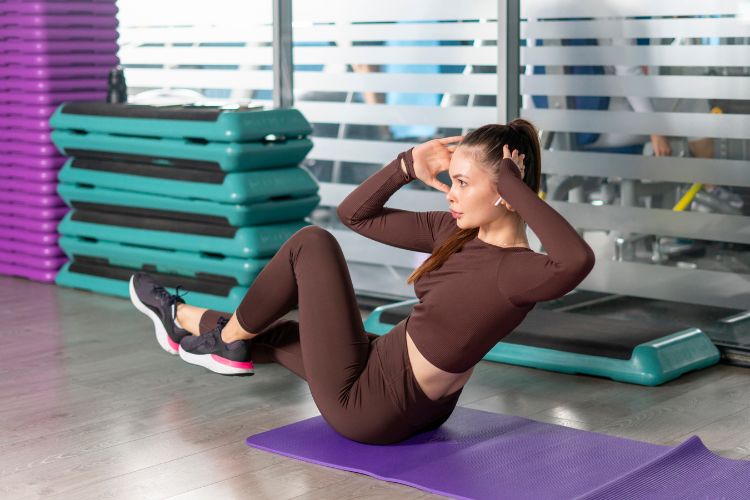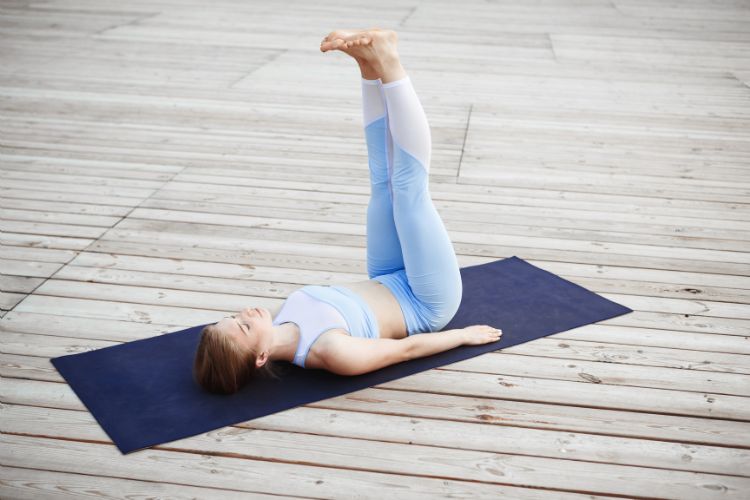Sign up for workout ideas, training advice, reviews of the latest gear and more.






Leg raises workout are a highly effective bodyweight exercise used to target the lower abdominal muscles, hip flexors, and overall core. Whether you’re a beginner looking to strengthen your core or an advanced athlete trying to refine your abs, leg raises offer multiple benefits. This low-impact yet high-result workout requires no equipment, making it ideal for home training, gym sessions, or travel routines.
Leg raises workouts can be performed lying down, hanging, or in combination with other bodyweight movements to build intensity. They also improve posture, support spine health, and enhance overall athletic performance. In this blog post, we’ll break down the different types of leg raises, step-by-step instructions, benefits, modifications, and sample workouts to help you get the most from this powerful exercise.
Most traditional ab exercises like crunches focus on the upper abs. Leg raises, however, emphasize the lower abdominal region, which is often hard to engage. By raising your legs in a controlled motion, your lower abs are forced to stabilize and contract, making it an excellent way to develop a six-pack.
Your core isn’t just your abs—it includes the obliques, lower back, pelvic floor, and deep stabilizing muscles. Leg raises help train these muscles to work together, improving balance and core control, especially during compound exercises like squats and deadlifts.
The hip flexors play a vital role in everyday movement and athletic performance. Leg raises strengthen these muscles, promoting better mobility and reduced risk of injury during activities like sprinting, jumping, or climbing stairs.
One of the best things about leg raises workouts is their accessibility. You don’t need a gym membership or expensive equipment. All you need is your body weight and a mat—or a pull-up bar if you’re doing hanging leg raises.
Whether you’re new to fitness or an experienced athlete, leg raises can be adapted to your level. Beginners can start with bent-knee versions, while advanced users can challenge themselves with hanging, weighted, or L-sit leg raises.
Leg raises primarily target:
Secondary muscles include:
How to Perform:
Tips:
Best For: Beginners to intermediate levels.
How to Perform:
Tips:
Best For: Intermediate to advanced athletes.
How to Perform:
Tips:
How to Perform:
Tips:
Best For: Strengthening the abductors and obliques.
How to Perform:
Tips:
Best For: Advanced users looking to increase difficulty.
How to Perform:
Tips:
Best For: Gym-goers who want a supported vertical variation.
Allowing your lower back to lift off the ground puts unnecessary strain on your spine. Always keep your core tight and back flat against the floor.
Swinging your legs or body makes the exercise less effective. Focus on slow, controlled lifts to engage the right muscles.
Exhale as you lift your legs and inhale as you lower them. Holding your breath can increase intra-abdominal pressure and reduce performance.
Raising legs too far beyond 90 degrees shifts the focus away from the abs and onto the hip flexors. Keep the movement within a controlled range.
While leg raises are excellent for strengthening and toning the abs, it’s important to note that they don’t spot-reduce fat. To reveal defined abs, you need to pair core training with overall fat-loss strategies such as:
Include leg raises in a well-rounded fitness plan to sculpt visible abs as fat levels decrease.
| Exercise | Focus Area | Difficulty | Equipment Needed |
|---|---|---|---|
| Leg Raises | Lower abs | Moderate | None or bar |
| Crunches | Upper abs | Easy | None |
| Planks | Full core stability | Moderate | None |
| Russian Twists | Obliques | Moderate | Optional weight |
| V-Ups | Full abs | Advanced | None |
Leg raises stand out as one of the few exercises that effectively isolate the lower abdominal region.
To Make It Easier:
To Make It Harder:
Leg raises workouts are a powerful addition to any fitness program, especially for targeting the lower abs and building a strong, stable core. With multiple variations to suit all levels, they can be performed anywhere and scaled for progression. When done with proper form and consistency, leg raises improve posture, athletic performance, and abdominal definition.
Incorporate these workouts into your weekly training schedule to feel the difference in your core strength and overall functionality. Whether you’re aiming for a chiseled midsection or just want to improve your core endurance, leg raises are an essential movement to master.
Stay up to date on the latest women’s health, fitness and lifestyle trends and tips.